Introduction
For almost a decade, Kubernetes has been the most widely used container orchestration platform on the market. Aside from Kubernetes, many competing solutions attempt to approach orchestration from a different angle, usually catering to the users who find Kubernetes unnecessarily complex and difficult to learn.
This article will compare Kubernetes with HashiCorp’s Nomad, a lightweight container orchestrator and scheduler.

Nomad vs. Kubernetes: Overview
Both Nomad and Kubernetes serve as platforms for deploying and managing applications. However, their architecture and features are based on two different design philosophies.
Nomad is a simple and flexible utility for workload orchestration that adheres to UNIX design principles of small scope and cooperability. Its primary focus is to provide a practical platform for cluster management and scheduling.
Nomad delegates other essential container management duties to compatible tools, such as Vault, a secrets and encryption management system, and Consul, a service networking solution.
Note: Check out our guide on how to install Consul and Vault on Ubuntu.
Nomad architecture features a server that receives job specifications written by users, evaluates the available clients, and allocates jobs for execution. Below is a graphical representation of a typical Nomad setup:

Kubernetes is a container orchestrator that offers a unified API interface for the automated deployment and management of applications spread across multiple servers and platforms. Unlike Nomad, Kubernetes packs all the container orchestration features as a single, complex tool.
The following is a representation of a typical Kubernetes cluster:

Note: For more information and examples, refer to our comprehensive guide to Kubernetes architecture.
The master node hosts the API server, scheduler, controller, and the etcd key-value store, while worker nodes host pods with applications.
Nomad vs. Kubernetes: Features
Container orchestrators must provide a comprehensive set of features for efficiently managing and deploying containerized apps at scale. The table below compares Nomad and Kubernetes across a range of such features.
| Nomad | Kubernetes | |
|---|---|---|
| Ease of use | Easier to use but offers fewer features. | Complex and difficult to learn but offers more control. |
| Requirements | Lightweight | Resource-consuming |
| Scalability | More than 10,000 nodes and 2 million containers | Up to 5,000 nodes, 300,000 containers, and 150,000 pods |
| Workload support | General purpose. Supports virtualized, containerized, and standalone apps. | Linux containers. |
| Docker integration | Yes | Yes |
| Service Discovery | Native for simple scenarios, integration with Consul for more complex cases. | Native, via endpoints API. |
| External services | Built-in support. | Via third-party tools. |
| GUI | Yes | Yes |
| Languages | HCL | YAML, JSON |
| Vendor lock-in | Tied to the rest of the HashiCorp suite. | No |
| Community | Lacking wider adoption. | Extensive community support. |
What Are the Similarities Between Kubernetes and Nomad?
Since both Kubernetes and Nomad deal with cluster management and scheduling, they share some common concepts related to app deployment. The sections below present the essential similarities between the two tools.
Automated scheduling
Kubernetes and Nomad utilize a ranking system based on preset functions and can automatically run an application on a cluster node.
Kubernetes monitors the nodes and keeps a record of healthy scheduling candidates. When a node fails, the scheduler automatically moves its pods to another healthy node.
Similarly, Nomad creates evaluations of each server and compares them against the desired state of the system declared in a job. If the two states are not matching, Nomad ensures the current state aligns with the desired state.
Rolling Updates
Both platforms support rolling updates, allowing for a gradual and secure way to update an application while ensuring zero downtime. Rolling updates also enable rollbacks to a previous state, further increasing the robustness of deployment.
External Services
Kubernetes and Nomad both support non-containerized external services like message queues and databases. However, while Nomad has built-in support for external services, Kubernetes requires third-party extensions.
Self-Healing and Auto-Recovery
Self-healing and auto-recovery capabilities are essential for a stable app deployment. Kubernetes monitors the health of every node and, when necessary, reschedules pods to avoid downtime. Autoscaling groups and scale sets allow Kubernetes nodes to self-heal.
Similarly, Nomad creates a new evaluation each time a node fails and reestablishes the desired state on another healthy node.
Storage Orchestration
Both Kubernetes and Nomad support the CSI (Container Storage Interface) standard via third-party plugins. CSI allows apps to use external storage from their on-premise or cloud-based infrastructure.
Note: Here is how Kubernetes compares with other similar platforms:
What Are the Differences Between Kubernetes and Nomad?
The biggest difference between Kubernetes and Nomad is the scope each tool covers. While Kubernetes strives to be an all-encompassing solution, Nomad aims at a more focused approach. The sections below list other significant differences.
Complexity
Kubernetes is a complex system with a wide range of features covering many different use cases. Its steep learning curve often presents an obstacle for inexperienced administrators.
On the other hand, Nomad’s primary focus is simplicity and flexibility. This makes it a good choice for beginners and organizations with smaller IT departments.
Abstractions
Kubernetes abstractions (also called Kubernetes objects), such as Pods, Services, Deployments, DaemonSets, etc., provide users with fine-grained control over the application’s lifecycle.
Nomad has a much shorter list of abstractions, which makes it less powerful, but easier to understand and manage.
Configuration Language
Kubernetes manifests are usually written using YAML, while JSON is a second option. Both languages are well-known, documented, and easy to learn.
Nomad utilizes HCL (HashiCorp Configuration Language). HCL is used only in HashiCorp’s products, which means users rarely encounter it before they start working with Nomad.
Ecosystem
Cloud Native Computing Foundation (CNCF) maintains Kubernetes. As the most popular orchestrator on the market, Kubernetes has a large and active online community and many third-party tools and extensions.
Note: Check out our selection of the 15 best Kubernetes tools.
Nomad is part of HashiCorp’s suite of infrastructure automation tools. While the popularity of these tools is on the rise, they still need a comparable amount of support and resources available online.
Nomad vs. Kubernetes: How to Choose?
Due to different levels of design complexity and different approach to containerized app deployments, Nomad and Kubernetes differ in the use cases they cater to.
Choose Kubernetes if:
- You design complex, large-scale, production-grade apps.
- Your apps feature microservice architecture.
- You require extensive automation capabilities, high availability, and scalability.
- You prefer to avoid vendor lock-in.
Choose Nomad if:
- You need a simple, lightweight orchestrator that is easy to use and quick to set up.
- Your deployments are small to medium-sized.
- You work with something other than Linux containers.
Conclusion
The article compared two solutions for containerized application deployment – Nomad and Kubernetes. After reading it, you can make an informed decision about which tool better suits your specific use case.
Đăng ký liền tay Nhận Ngay Bài Mới
Subscribe ngay
Cám ơn bạn đã đăng ký !
Lỗi đăng ký !




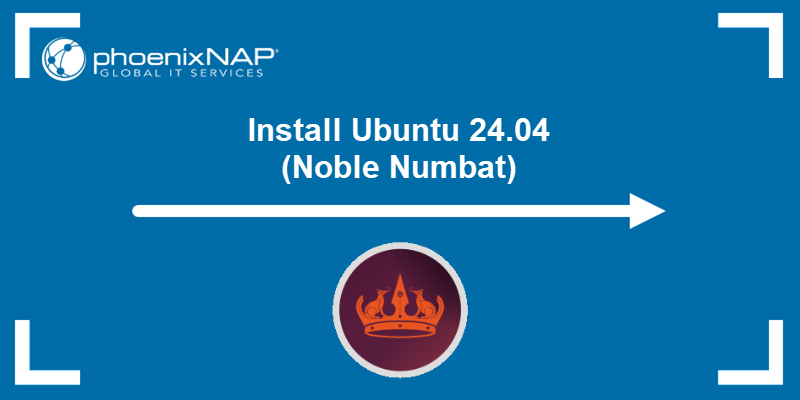

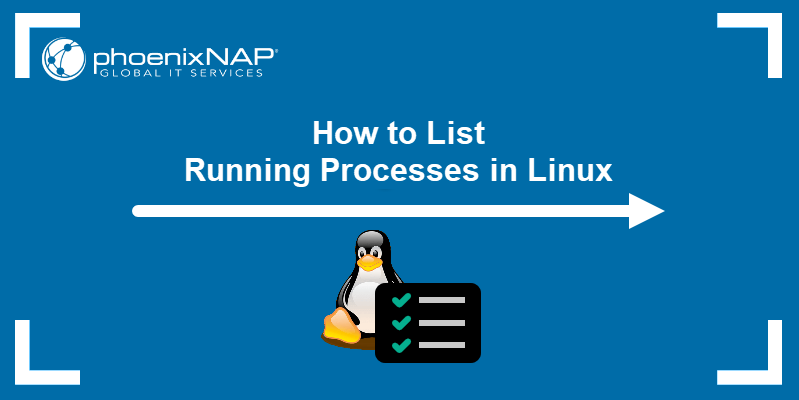

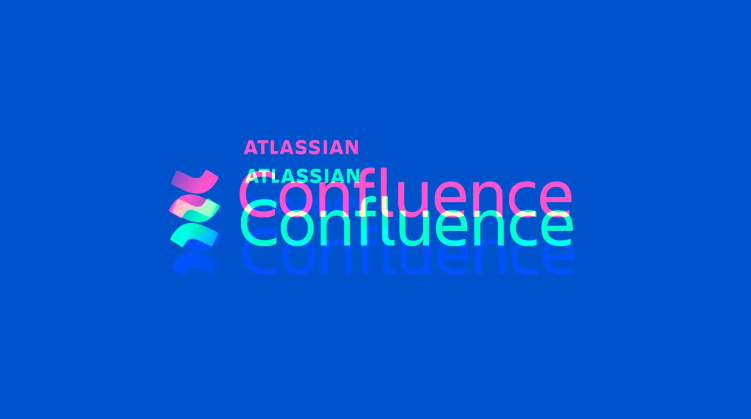
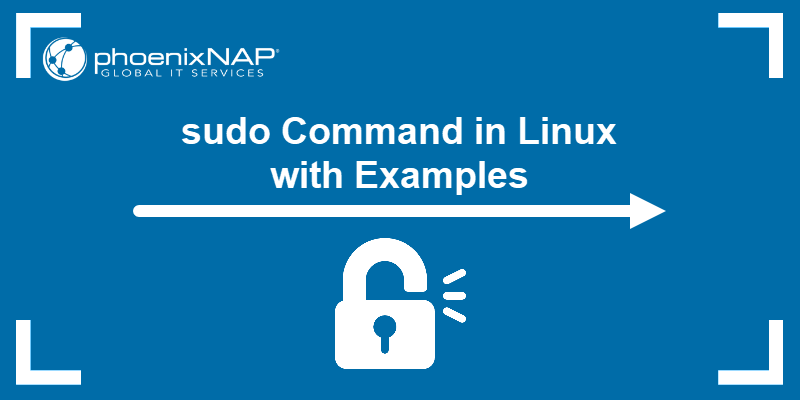


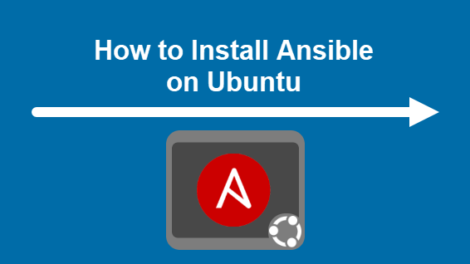

Add Comment